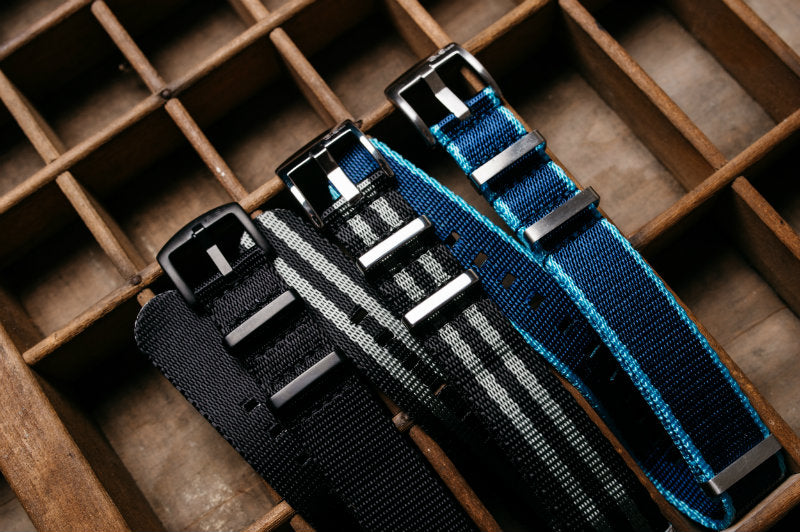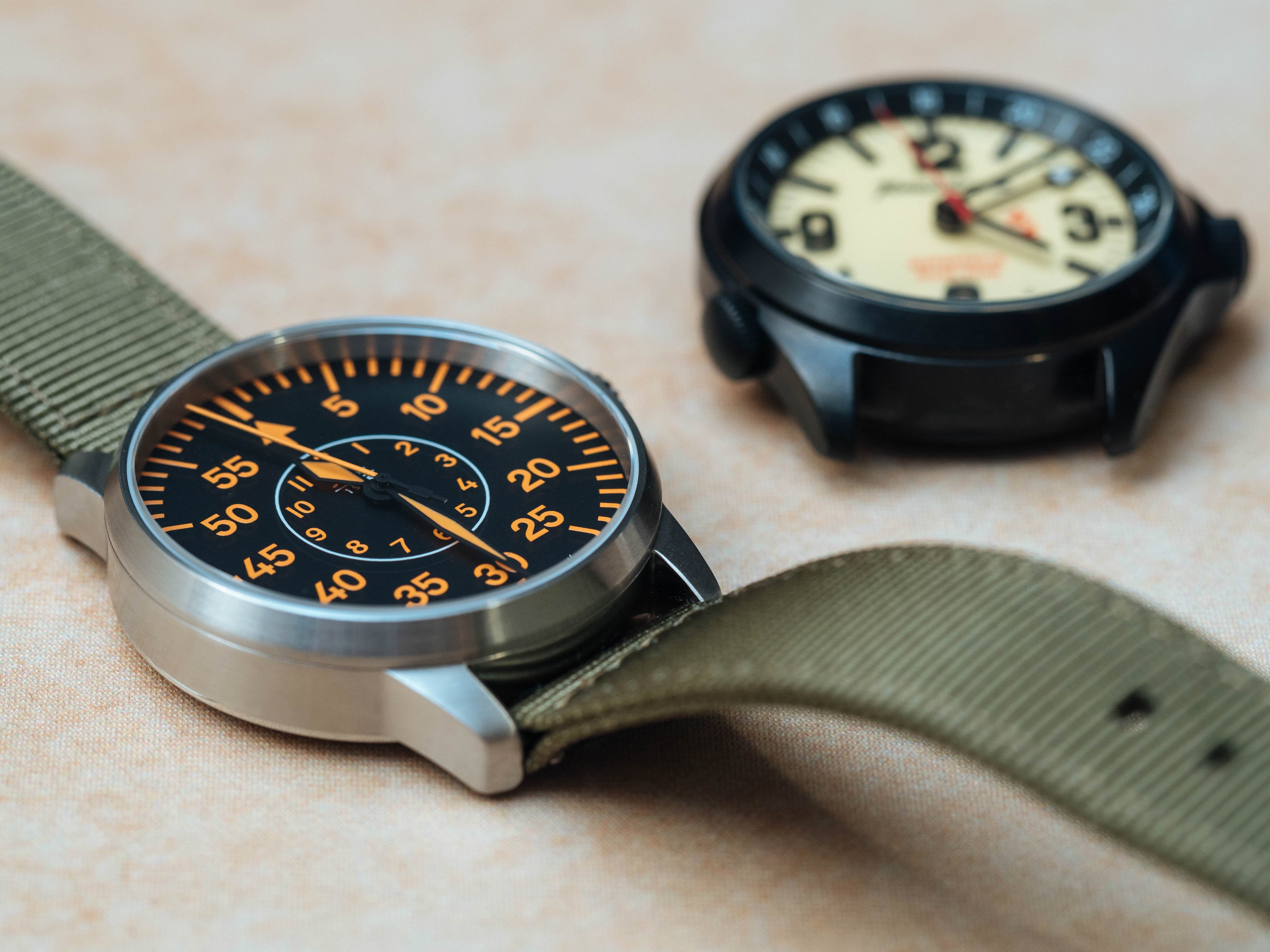The Pilot’s Watch- A Glimpse in the Past
There is no doubt that aviation is one of the greatest achievements of humankind, and we can all agree that the Pilot’s watch is one of the most popular watch styles, not only for its stunning looks but also its incredible history, going back nearly 115 years ago.
If you are a timepiece collector or enthusiast, continue reading this article, and learn all about the evolution of the Pilot’s watch and its important role in pushing the boundaries of technological innovation.
The Beginnings of the Pilot’s Watch
We can trace the history of the pilot’s watch to 1904, one year after the American Wright brothers had invented the first successful heavier-than-air aircraft, and before Alberto Santos-Dumont, a Brazilian aviation pioneer, conducted, for the first time, in 1906, a powered flight in Europe.
Santos-Dumont asked his friend Louis Cartier for a timepiece that would allow him to use both hands to control an aircraft. It took Cartier two years to design the timepiece Santos-Dumont needed. The first “pilot’s watch” came on a leather strap fastened by a buckle, and was created to offer easy readability with minimum hassle, popularising wristwatches among men.
Crossing the English Channel and the Atlantic
The year of 1909 brought another important milestone in pilot’s watches, thanks to Louis Charles Joseph Blériot. The famous French aviator and engineer made the first flight across the English Channel, wearing his authentic Zenith watch. This moment marked Zenith’s reputation, the maker becoming famous for its precise navigation instruments.
During the next decade, many watchmakers began designing their own pilot’s watches, thanks to the progress in aero technology and the aviation popularity growth. To overcome the challenges of pilot’s who encountered unfavorable conditions, manufacturers created large watches with oversimplified layout, adding luminous hands and hour markers to enhance readability at night. Another important feature of the pilot’s watch was the leather strap, long enough to be worn over the pilot’s jacket.
In 1927, the American aviator Charles A. Lindbergh performed the first solo airplane flight across the Atlantic Ocean, wearing a Longines watch and adding another important moment in the history of the Pilot’s watch.
Modern Pilot’s Watches & the Pilot’s Watch Today
In the 1936s IWC launched the Special Pilot’s Watch, and the extra-large and rugged Big Pilot’s Watch, four years later. With a 55mm diameter case, and built for maximum functionality and easy readability, the Big Pilot’s Watch was the biggest IWC ever made, and it became the representative pilot’s watch everybody thinks of today.
Thanks to the post-war evolution in both private and commercial aviation, the necessity for aviation instruments increased, triggering brands like Rolex and Breitling to create incredible navigation timepieces. The Navitimer, for instance, is an iconic watch designed by Breitling in 1952. Also, after starting a collaboration with Pan American Airways in 1955, Rolex designed its popular GMT-Master, a watch that met the specific needs of airline pilots traveling across time zones.
Nowadays, pilots depend on computerized systems built into their planes, but the pilot’s watches are still popular among enthusiasts for their timeless appearance and stunning history.
They are a fabulous class of watches, and they deserve the attention of every aficionado or collector. If your collection lacks a Pilot’s Watch, we’d say “Get one!”. And if you already have such an amazing timepiece but its strap could look better, we have your back. There are plenty of Blushark straps that could easily enhance the charm of your favorite Pilot’s Watch.








Leave a comment